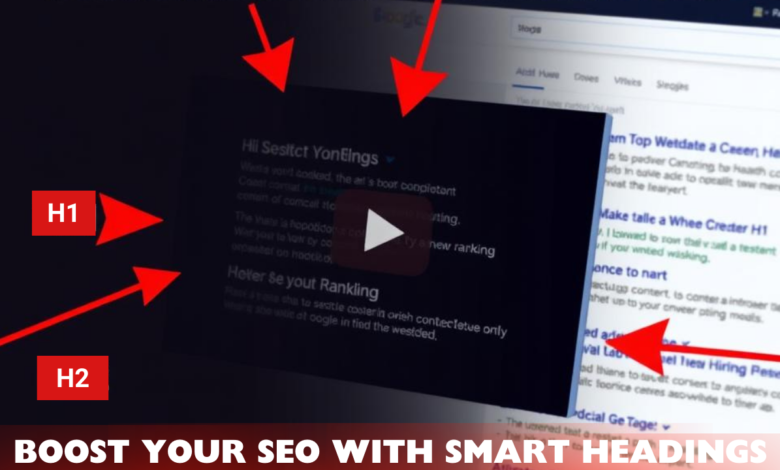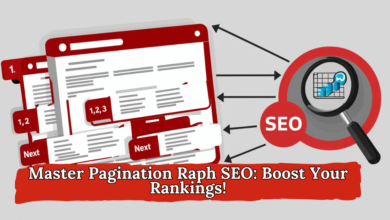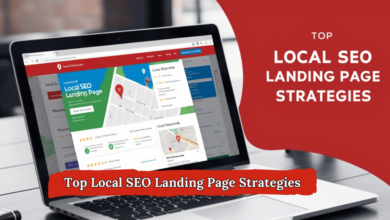
In today’s digital age, search engine optimization (SEO) is more crucial than ever for the success of any website. Among the various aspects of SEO, the heading structure plays a pivotal role in ensuring that your content is not only easily readable by users but also properly indexed by search engines. Understanding how important is heading structure for Google best practices can significantly boost your website’s performance in search engine results pages (SERPs).
What Are Headings and Why Are They Important?
Headings are HTML tags used to structure content on a webpage. These tags range from H1 to H6, with H1 being the most important and H6 the least. Proper heading structure helps Google and other search engines understand the hierarchy and importance of different sections of your content. It also provides a better user experience by breaking up content into digestible chunks.
H1 Tag: The Main Title of Your Content
The H1 tag is typically reserved for the main title of your page or article. It should accurately reflect the topic of your content and include your primary keyword. For example, in an article focusing on how important is heading structure for Google best practices, the H1 tag might be something like “Understanding the Importance of Heading Structure in SEO.”
H2 Tags: Subheadings That Define Sections
H2 tags are used for subheadings within your content. These tags help organize your content into sections, making it easier for readers to navigate and understand. Each H2 should introduce a new topic or section that supports the main title.
H3 to H6 Tags: Further Subdivide Content
H3 to H6 tags are used for further subdividing content within your H2 sections. These tags are less critical but still essential for creating a well-organized structure. They can help break down complex topics into smaller, more manageable parts.
How Heading Structure Affects SEO
The structure of your headings can have a significant impact on your SEO efforts. A well-organized heading structure helps Google understand the content of your page, which can lead to better rankings. Here’s how:
Enhances Crawlability and Indexing
Google’s bots crawl your site to index your content. A well-structured heading hierarchy makes it easier for these bots to understand the context and importance of different sections. This enhances the likelihood that your content will be properly indexed and ranked.
Improves User Experience
A good heading structure not only helps search engines but also improves the user experience. Well-organized content is easier to read and navigate, which can lead to lower bounce rates and higher engagement. Google uses these metrics as proxies for user satisfaction, further boosting your rankings.
Keyword Optimization
Including your primary and secondary keywords in your headings can improve your SEO. However, it’s essential to do this naturally and not force keywords where they don’t fit. Over-optimization can lead to penalties, so balance is key.
Best Practices for Heading Structure
To optimize your heading structure for Google, follow these best practices:
Use Only One H1 Tag
Your page should have only one H1 tag, as this represents the main topic of your content. Multiple H1 tags can confuse search engines and dilute the focus of your page.
Organize Content Hierarchically
Use H2, H3, and other heading tags in a hierarchical manner. Each section should logically flow from the previous one, with subtopics clearly defined.
Include Keywords Wisely
Incorporate keywords into your headings but avoid keyword stuffing. Your headings should read naturally and provide real value to the reader.
Keep Headings Concise
Your headings should be concise yet descriptive. Aim to provide enough information to give readers a clear idea of what the section is about without overwhelming them.
Maintain Consistency
Consistency in your heading structure across your site can help Google better understand your content and improve user experience. This includes using similar styles and formatting for headings.
Common Mistakes to Avoid
Even seasoned SEO professionals can make mistakes with heading structure. Here are some common pitfalls to avoid:
Overusing H1 Tags
As mentioned earlier, only one H1 tag should be used per page. Overusing H1 tags can confuse both users and search engines.
Ignoring Hierarchical Order
Using H3 tags before H2 tags or skipping heading levels can disrupt the flow of your content. Always maintain a logical order in your heading structure.
Keyword Stuffing
While it’s essential to include keywords, stuffing them into every heading can lead to penalties. Always prioritize readability and natural language.
Conclusion
In conclusion, how important is heading structure for Goole best practices cannot be overstated. A well-organized heading structure not only improves your site’s SEO but also enhances user experience, making your content more accessible and engaging. By following the best practices outlined above, you can ensure that your content is both user-friendly and optimized for search engines.
FAQs
What is the purpose of heading tags in HTML?
Heading tags in HTML are used to structure content hierarchically on a webpage. They help both search engines and users understand the organization of the content.
How many H1 tags should I use on a single page?
You should use only one H1 tag per page, as it represents the main title or topic of your content.
Can improper heading structure negatively affect my SEO?
Yes, improper heading structure can confuse search engines, leading to poor indexing and lower rankings. It can also disrupt user experience.
Should I include keywords in all my headings?
While including keywords in your headings is beneficial for SEO, it should be done naturally and without overstuffing.
Is it okay to skip heading levels?
Skipping heading levels can disrupt the flow of your content and confuse both users and search engines. Always maintain a logical hierarchy.



